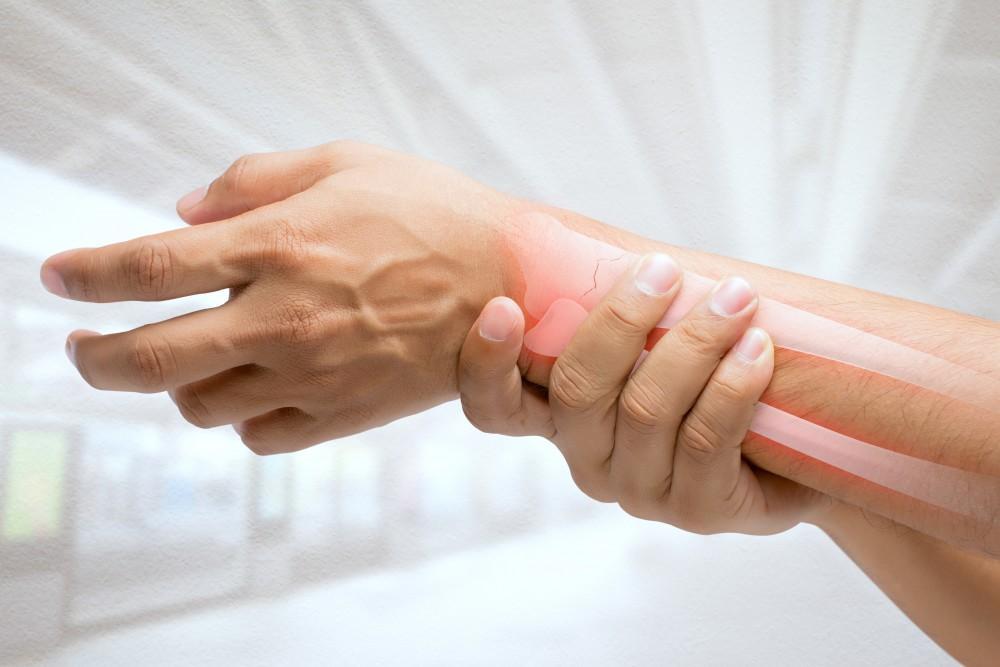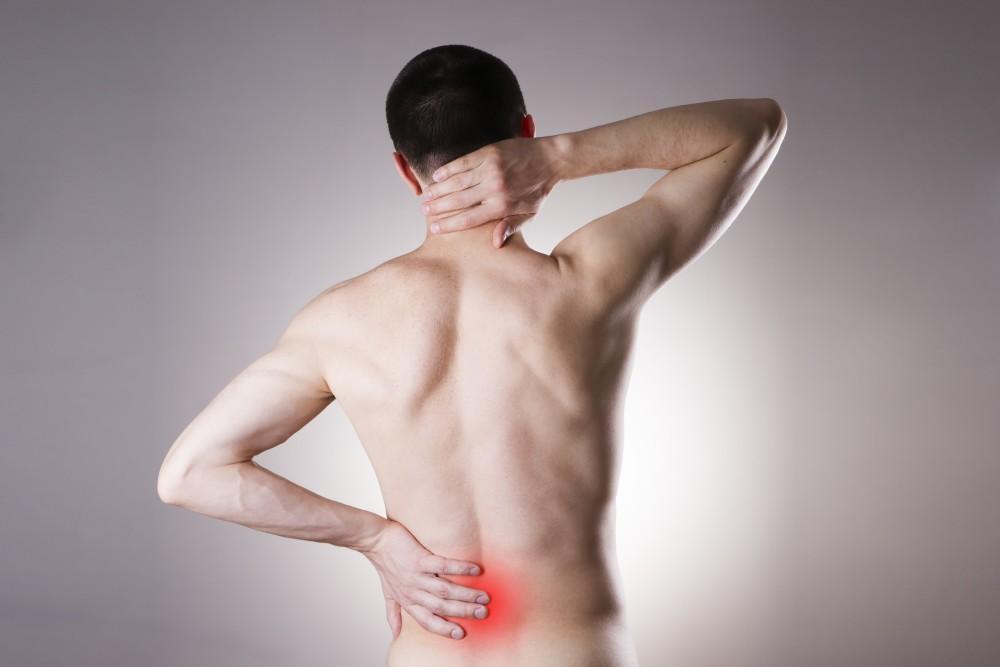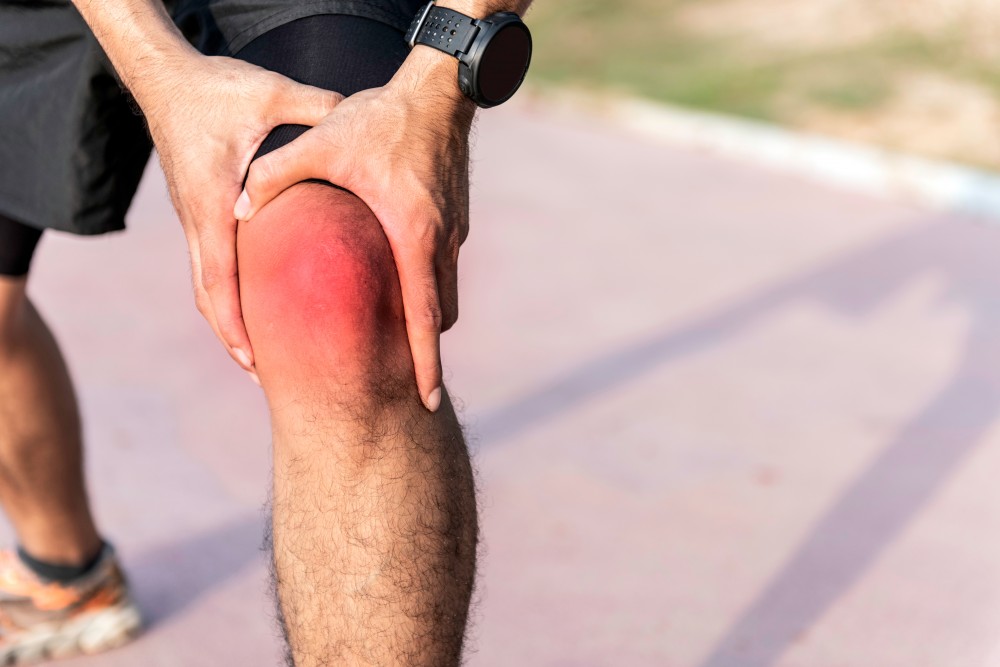
PRP Therapy for Arthritis

Osteoarthritis is the most common form of arthritis and characterized by joint pain, swelling, and stiffness. It’s a wear-and-tear degenerative condition, and according to the Centers for Disease Control (CDC), it affects over 32.5 million people — a staggering statistic.
Arthritis doesn’t just cause chronic pain, it limits your mobility, which lowers your ability to enjoy life.
The team at Advanced Spine and Pain offers many minimally invasive advanced treatments for arthritis, as well as surgical solutions if they become necessary. Dr. Alfred Correa, Dr. Brian Lee, Dr. Thomas Raley, and Dr. Randy Davis not only possess advanced education with varied specialties in orthopedic surgery, anesthesiology, and pain management, they have decades of valuable experience you can only obtain by providing hands-on care.
Who does arthritis affect?
Though younger people can be affected by arthritis, 88% of sufferers are 45 years of age or older, while over 40% of these individuals are in the 65+ age range. Women are more affected than men, and the most common areas of the body that are affected by arthritis include:
- Knees
- Hands and fingers (especially the thumb)
- Lower back
- Neck
- Hips
- Big toe
You’re at higher risk for being diagnosed with arthritis if you’re obese, have a family history of arthritis, and if you suffer with certain other conditions like diabetes. A past injury or working in a field that requires repetitive motions, like construction or being a musician, also makes it more likely you’ll deal with arthritis.
Arthritis’ degenerative toll on your body — and spirit
Although our bodies work hard for us, many years of use can leave their mark on our joints. Your cartilage, which is strong yet flexible tissue, is key in protecting the ends of your bones and enabling you to move comfortably and easily. As arthritis progresses, your cartilage wears away and can even be reduced to nothing, so your bones are in direct contact with each other.
In addition to cartilage destruction, your body also endures:
- Decay of the connective tissue that’s responsible for joining your muscles to your bones
- Joint-lining inflammation
- Stretched tendons and ligaments
- Bones grating on each other
These are things that happen internally with arthritis. In terms of how you feel, chronic pain becomes your constant companion, you suffer with joint inflammation, and your affected joins can become warm and red. These factors combine to cause progressive physical discomfort, and they lead to lost sleep, impaired mobility, and even depression.
Are there treatment options that can truly relieve my arthritis symptoms?
Fortunately, there are. Your physician decides on the appropriate course of treatment for you only after conducting a thorough physical exam, talking to you about how you’re limited and emotionally affected by your arthritis, and examining imaging test results.
The Advanced Spine and Pain team offers a wide range of noninvasive and minimally invasive treatments for your affected joints, such as:
- Anti-inflammatory medications
- Physical therapy
- Epidural steroid injections
- Viscosupplementation treatments (concentrated hyaluronic acid injections)
If your arthritis is severe and these treatments prove ineffective, we also offer surgical solutions.
The promise of regenerative treatments for arthritis
We’re pleased to offer a new family of advanced treatments called regenerative medicine, which amplifies your body’s own healing powers to ease your arthritis symptoms. Both stem cell therapy and platelet-rich plasma (PRP) therapy are examples of such treatments.
PRP has been shown to successfully treat many conditions, but it’s particularly helpful to arthritis sufferers because it actually fuels regeneration of the cells in your damaged tissues. We’ve seen especially powerful results for knee arthritis.
To understand how PRP works, you need to know a bit about the makeup of your blood. Plasma, red cells, white cells, and platelets are the components of your blood, but platelets are the agents that allow your blood to clot. Essential proteins that fuel healing are also plentiful in them.
When we administer a PRP treatment, we take a small blood sample from you and reconstitute it in a device called a centrifuge. The spun plasma comes out with a highly concentrated number of platelets in it. We then reinject it into your treatment site and it goes to work. These treatments may:
- Slow inflammation and overall disease progression
- Encourages the generation of fresh cartilage
- Fuel an increase in joint lubricating fluid production
- Produce healing and pain-relieving proteins that lower your pain sensation
PRP treatments are typically completed in under an hour, and we use anesthetic to numb your treatment area while you recieve treatment. Although you can feel post-treatment pain for several days to a few weeks, this is normal and disappears on its own.
Learn more about how PRP therapy can help your arthritis
Schedule a consultation with us at one of our conveniently located offices to find out if you’re a candidate for arthritis treatment with PRP therapy. Call our office or contact us through our website.
You Might Also Enjoy...


Understanding the Difference Between Cervical and Lumbar Stenosis

What to Expect After Radiofrequency Ablation for Neck Pain

When to Consider Injections for Your Sciatic Pain

What Happens When You Throw Your Back Out?

